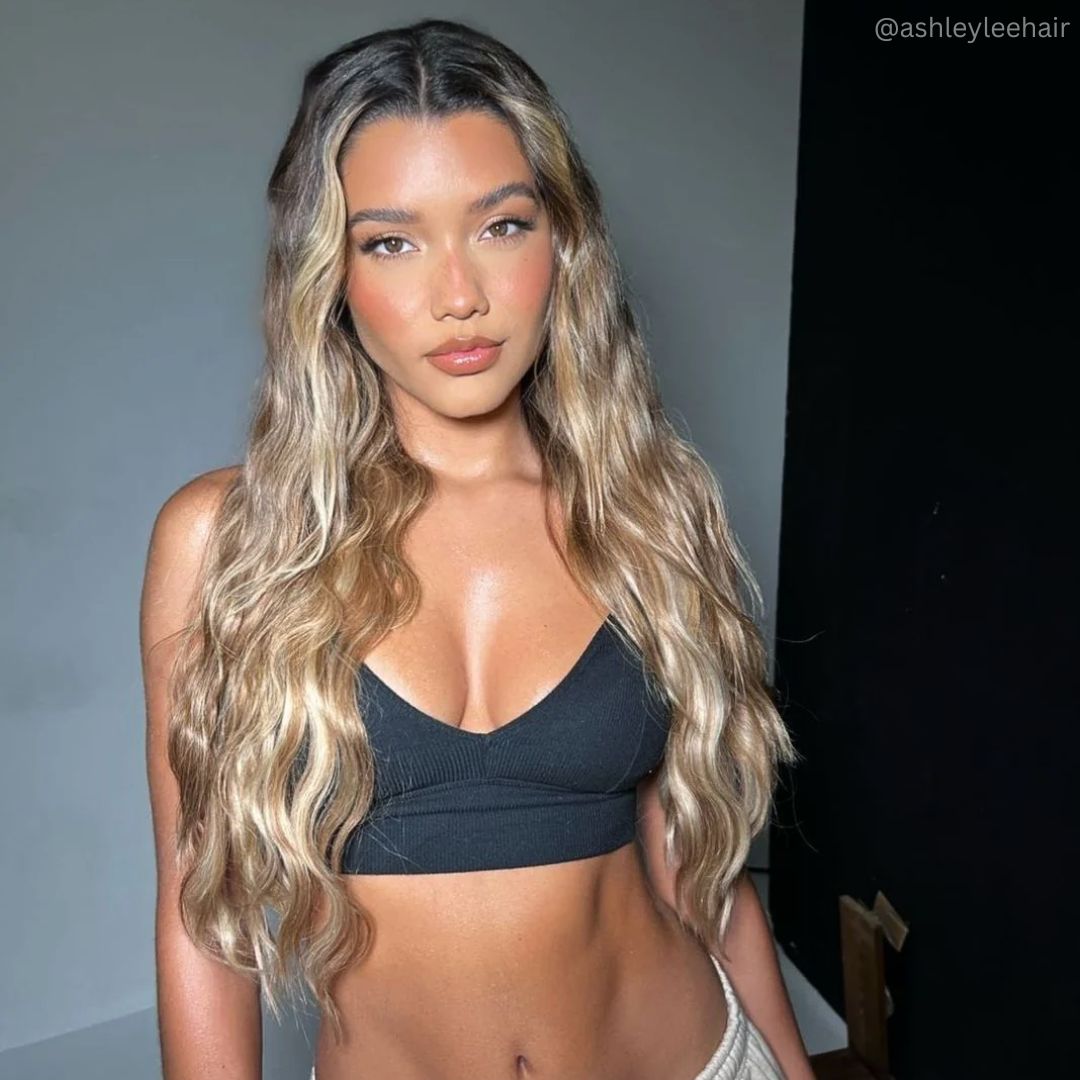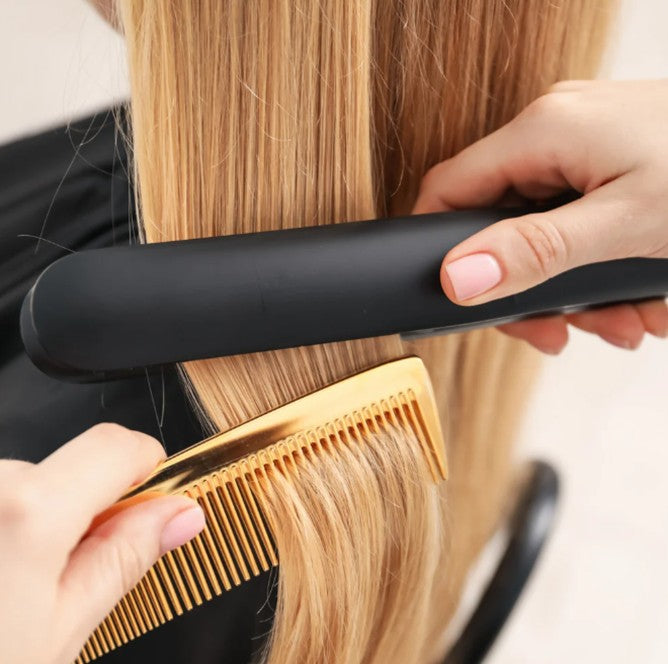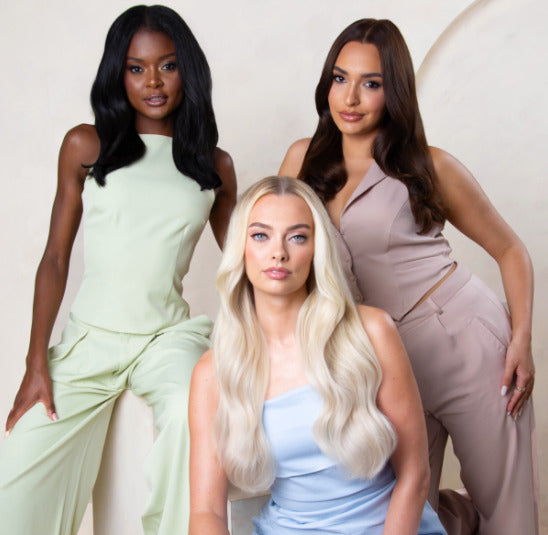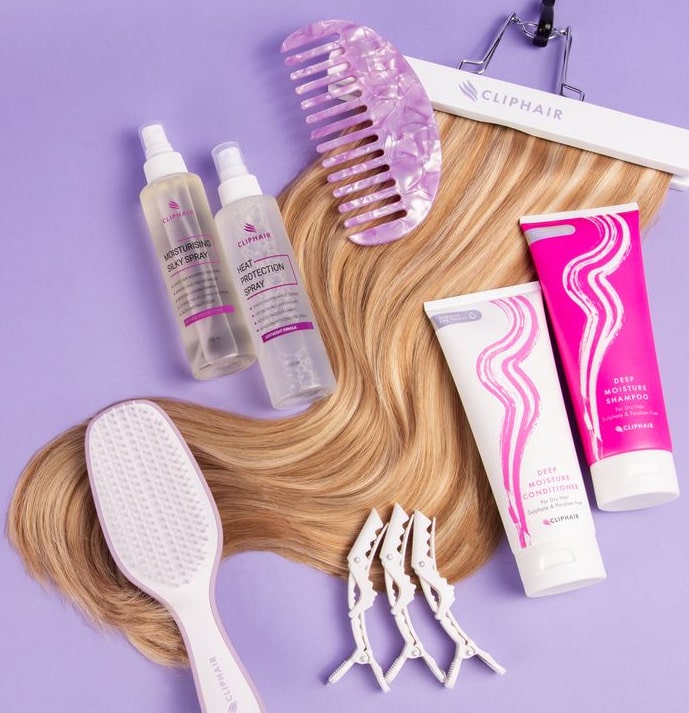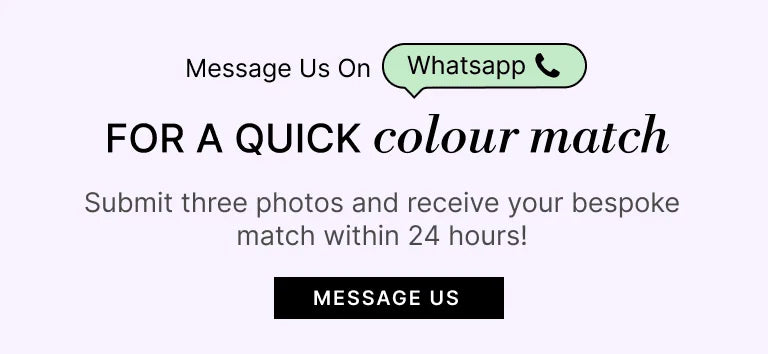How to Know If You Have Curly Hair
by HEATHER COLLIER / FEB 25, 2025
Reading Time: 5 Minutes
Index
How to know if you have curly hair… the age old question that many of us wonder: is my hair secretly curly? After years of brushing, styling, and colouring, you may have lost touch with your hair's true form. But fear not! There are many ways to discover and embrace your strands' natural shape. Let's embark on a journey together to uncover the beauty of your hair's natural texture and bring it back to life with the right haircare and Remy hair extensions!
How Do I Know if My Hair is Wavy or Curly?

@zivilehmua
Learning how to know if you have curly or wavy hair is the first step in determining your hair's natural texture – however – this can sometimes feel like untangling a bit of mystery. If you've ever pondered, "Do I have curly hair?" or "How do I know if I have curly hair?" – you're not alone. Understanding your hair type is one of the best ways to embrace its natural beauty! To reveal your hair type, straight after washing your hair, brush it once and allow it to completely air dry without any products or styling. Once your hair is dry you will see the true texture and natural pattern of your hair.
Before we jump into the different hair types, why not read up on the history of curly hair? Explore our blog on historical hairdos and the magical products and influences behind some of your favourite curly haired looks!
What Type of Curly Hair Do I Have?
Hair types are often categorised using a system that ranges from Type 1 to Type 4, with subcategories A, B, and C to denote variations in texture and curl tightness. Here's a quick rundown:
Type 1: Straight hair with no curl.
Type 2 (Wavy): Hair forms a loose "S" shape.
- 2A: Slight wave, fine texture.
- 2B: More defined waves with some frizz.
- 2C: Deep waves with a thicker texture.
Type 3 (Curly): Clearly defined curls.
- 3A: Loose, large curls.
- 3B: Tighter, springy curls.
- 3C: Tight curls or corkscrews.
Type 4 (Coily): Very tight curls or kinks.
- 4A: Soft, defined coils.
- 4B: Z-shaped, less defined coils.
- 4C: Tightest curls with a more fragile texture.
To determine your curl pattern, examine your hair after washing and air-drying without applying any products. This will reveal your natural curl type. Understanding whether you have wavy or curly hair helps in selecting appropriate products and routines.
Is It Possible to Have Curly Hair and Not Know It?

Absolutely! Frequent heat styling, chemical treatments, or improper hair care can mask your natural curls, leading you to believe you have straight or wavy hair. To revive those hidden curls, consider incorporating deep conditioning treatments into your hair care regimen. Deep conditioners infuse moisture, helping to restore curl definition and elasticity. Additionally, products like diffusers can also bring out more volume and definition in your curls. For a hydrating boost, you can try our Quench the Thirst Deep Moisture Conditioner!
Is My Hair Curly or Just Frizzy?

Frizz can be a curly-haired individual's arch-nemesis, often leading to confusion about one's true hair type. Frizz occurs when hair lacks moisture, causing the cuticle to lift and let humidity in. To tame the frizz and let your curls shine, it's essential to establish a curly hair routine with products specifically designed for curly textures. Look for sulphate-free shampoos, hydrating conditioners, and styling sprays that define curls while combating frizz. Regular deep conditioning treatments like a hair mask can also work wonders in maintaining moisture balance.
Explore our range of hair care products tailored for curly hair to keep your locks luscious and frizz-free!
Can My Hair Be Both Wavy and Curly?
Hair doesn't always fit neatly into a single category. It's possible to have a blend of wavy and curly textures, often referred to as hybrid hair types. This combination can present unique styling challenges but also offers versatility. To manage hybrid hair, opt for lightweight products that enhance curls without weighing down the waves. A balanced routine that includes gentle cleansing, regular conditioning, and the use of styling products like mousses or gels can help define your natural pattern. For added volume and length, consider our curly clip-in hair extensions for a seamless blend with your natural texture!
What Is the Curly Girl Method?
The Curly Girl Method is a hair theory and hair care approach designed to embrace and enhance natural curls. It involves avoiding sulphates, silicones, and heat styling, while focusing on hydration and gentle care. Key steps include co-washing, using a microfibre towel or cotton T-shirt to dry hair, as well as air drying, and applying styling products to wet hair to lock in moisture. This method encourages curls to reach their full potential by minimising damage and maximising hydration.
Will a Protective Hairstyle Enhance My Curls?
For many, protective hairstyles are a curly haired girl’s best friend! Styles like braids, twists, or updos shield your hair from environmental stressors and reduce manipulation, which can lead to breakage. Incorporating protective styles into your curly hair routine not only safeguards your strands but can also enhance curl definition over time. Remember to keep your hair or professional hair extensions moisturised and avoid styles that are too tight, as they can cause tension and damage.
What Type of Extensions Are Best for Curly Hair?
Choosing the right extensions for curly hair involves matching the extension type to your curl pattern and lifestyle. The best options include clip in hair extensions and permanent hair extensions like weaves, each offering their own separate different benefits. Clip in extensions are versatile and allow for temporary changes without commitment, making them ideal for special occasions or experimenting with length and volume. Weaves involve sewing these permanent extensions into braided hair, offering a durable option that has a very natural finish. When selecting extensions, consider the texture and curl pattern to ensure a natural and discreet blend.
Conclusion:
Thanks to your Cliphair hair gurus, how to know if you have naturally curly hair or not has never been easier! Discovering your natural curl pattern is the only way to fully embrace your hair’s potential. If your curls have been hiding due to heat damage or improper care, don’t worry – treatments, heat protectants and curl-friendly routines can help bring them back to life. And when it comes to enhancing your curls, whether with the right hair care products or curly clip in extensions, Cliphair has everything you need to define, protect, and love your curls!
FAQs
What are the characteristics of curly hair?
Curly hair typically has an "S" or "Z" shape, is more prone to frizz, and can have varied curl patterns throughout the head.
How can I determine my curl type?
You can determine your curl type by examining your hair when it’s wet and dry, and comparing it to a curl type chart, which ranges from wavy (2) to coily (4).
Can hair texture change over time?
Yes, hair texture can change due to hormonal changes, aging, or chemical treatments. Cliphair offers products to support your hair through these changes.
How should I care for curly hair?
Curly hair benefits from regular moisturizing, using sulfate-free shampoos, and avoiding heat styling to maintain its natural texture.
Looking for flawless, salon-worthy hair without breaking the bank? At Cliphair, we’ve got you covered with luxurious clip in hair extensions for quick transformations and permanent hair extensions for long-lasting glam. Extensions require special care and maintenance to preserve their quality, which is why we have all the top-notch hydrating haircare products needed to keep your style on point.
Need the perfect shade? Browse our full range of human hair extensions in over 70 rich, silky shades or check out our FREE Express Color Match Service to ensure a seamless blend every time.

